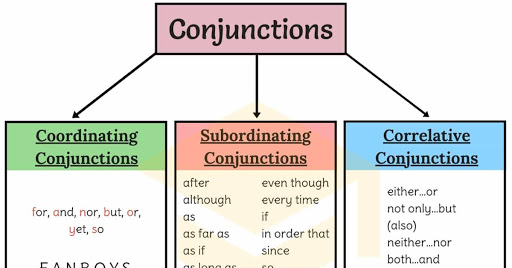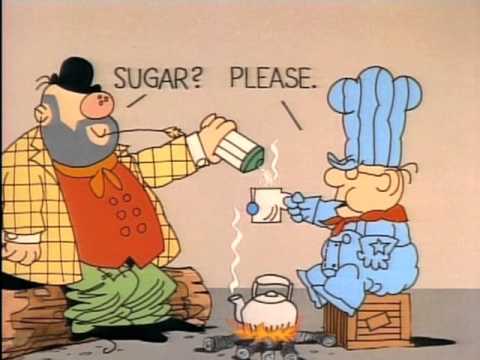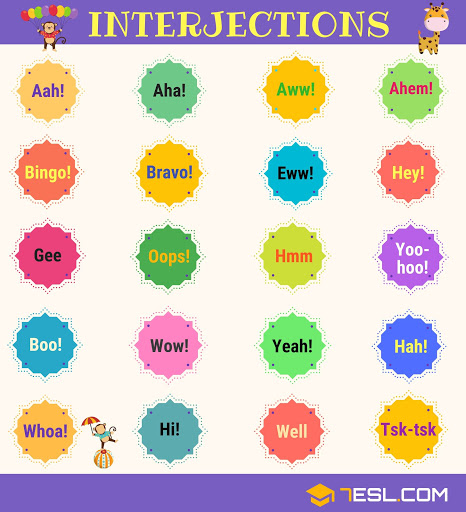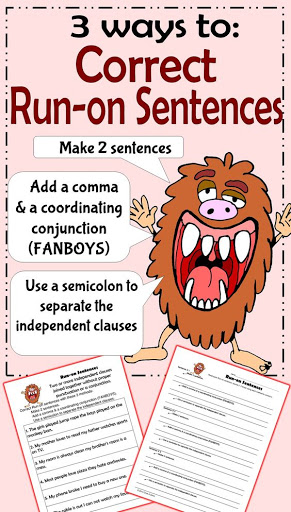
This tutorial will cover conjunctions, interjections and run on sentences. I will define each term. Then I will give an example of the term to demonstrate the correct way to use these terms. My goal is to break down and simplify each term making navigating your way through the use of these terms efficient and effective.
Conjunction is defined by merriam webster as an uninflected linguistic form that joins together sentences, clauses, phrases, or words. An example sentence of a conjunction is; We will probably regret it; however, we are still going to do it. By merging one thought with another thought via however we created a conjunction. Other common words used to create conjunctions are and, but, although, thus and still. There are three different types of conjunctions: coordinating, subordinating, and correlative. All have the same effect on the sentence but are used in different contexts. For example, coordinating conjunctions are there to join words, phrases, and clauses of equal grammatical rank in a sentence. Coordinating conjunctions that are most used are called FANBOYS; for, and, nor, but, or, yet, and so. Subordinating conjunctions are there to join independent and dependent clauses; common ones include because, since, as, and although, just to name a few. Lastly, correlative conjunctions are pairs of conjunctions that work together like; either/or, or not only/but also.
Interjection is defined by merriam webster as a word or phrase used in exclamation. Examples of interjections are Ouch! or Heavens! Interjections can be a word or a phrase. They are also often used to write a sound or noise like ugh! Interjections are most commonly used in the beginning of the sentence. Different injections can be used to express different emotional extremes, such as joy, anger, excitement, or even boredom. This creates a extra emotional impact in the beginning of your sentence. When using an interjection at the beginning of the sentence you can also just use a dash or comma, then put the exclamation mark at the end of the sentence to add emphasis. Although using injections in the beginning of the sentence is common it is not required. Interjections have no grammatical influence so you can use them anywhere in the sentence. Using them in the middle or end can allow for them to express other feelings based on context. For example, using an interjection at the end of the sentence can turn the sentence into a question or a rhetorical question. “This is a good area of town, hmm?” This can result in someone responding to you since they have an opening to share their opinion. When used in the middle of the sentence it can suggest uncertainty or doubt. “This is, hmm, a good area of town.”
Merriam webster define a run on sentence as a sentence containing two or more clauses not connected by the correct conjunction or punctuation. An example of a run on sentence is; My dad told me he went to the mall today and then he drove back home and then be went back to the mall because he forgot to get a sweatshirt;however, when he got back to the mall the sweatshirt was sold out. This happens often in three scenarios: When an independent clause gives an order or directive based on what was said in the prior independent clause, When two independent clauses are connected by a transitional expression (conjunctive adverb) such as however, moreover, nevertheless, and when the second of two independent clauses contains a pronoun that connects it to the first independent clause. So, it has to qualify under these conditions to be a run on sentence, not just be a long sentence. There is actually an example of perfectly formatted sentence with over 200 words on http://guidetogrammar.org/grammar/runons.htm. This means as long as your sentence is formatted correctly you can use comma splices and other various grammar techniques, even a 200 word sentence can be used. Run-on sentences are not appropriate and should be fixed. One of the easiest ways to fix a run on would be to recall back to the beginning of this tutorial, and use coordinating conjunction FANBOYS to separate the sentence into two parts. Another way to fix run-on sentences are subordinating conjunctions, which has the same effect. Lastly, an easy way to fix run-on sentences is to either use a period or semicolon to separate the sentence into different parts.




